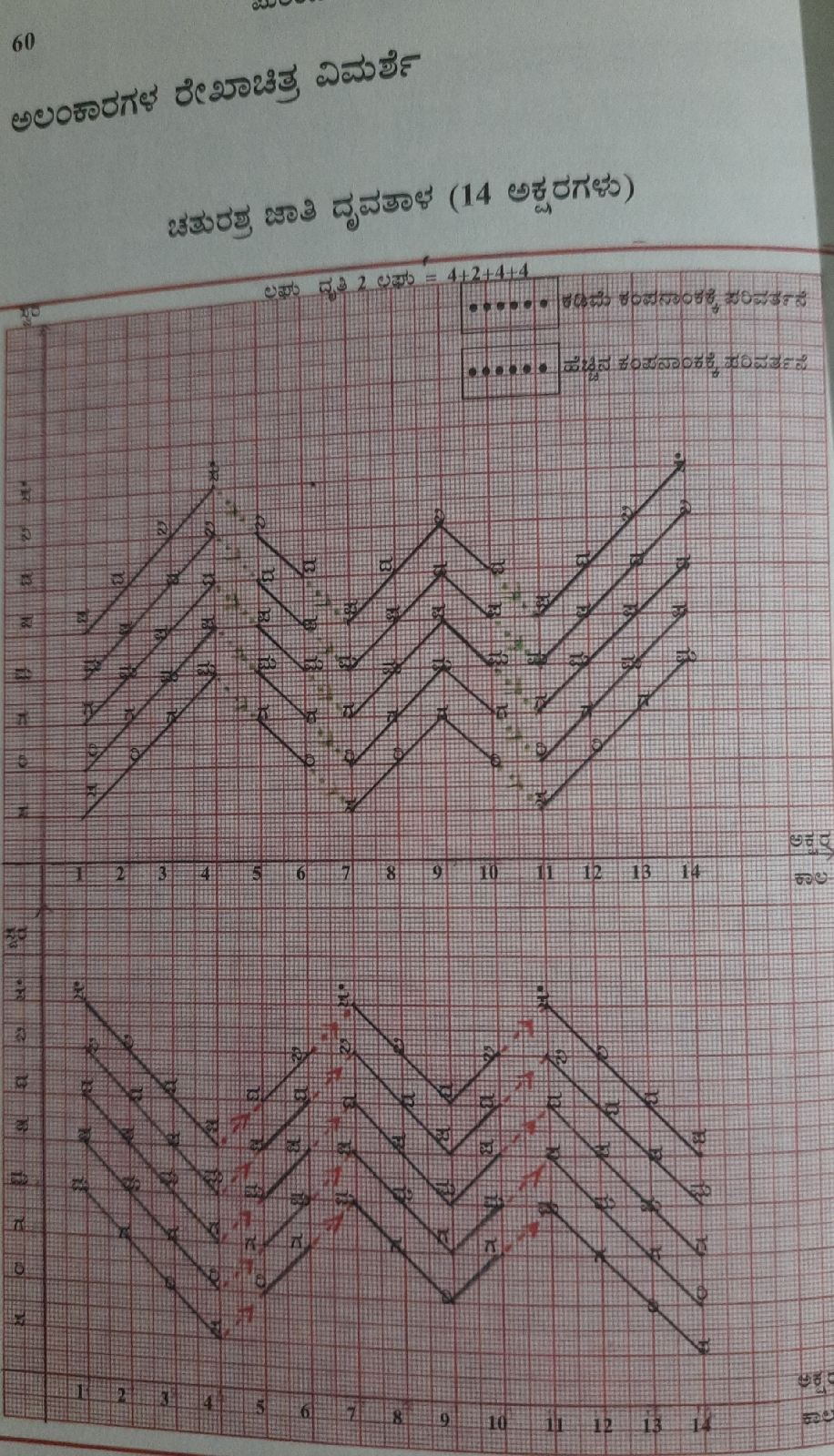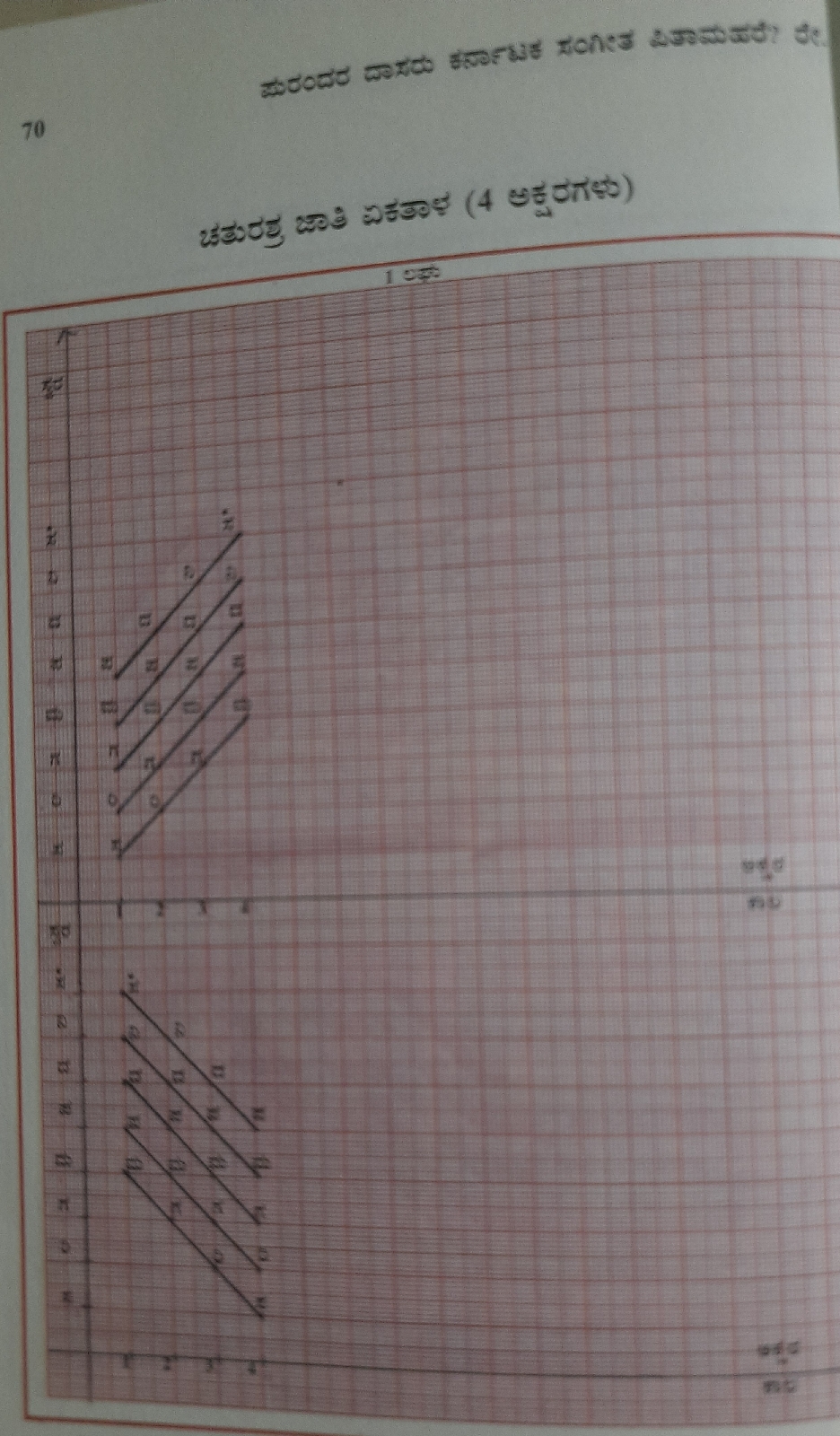"The capacity to learn is a gift, the ability to learn is a skill, the willingness to learn is a choice". Learning Carnatic music demands certain prerequisites on part of the disciple and the teacher. Once they are met, all the effort would flow towards singing/playing the right notes. What does the term 'right note' denote? These are the swaras/notes, which can penetrate the minds with less resistance. When a student of music gets a hold over these swaras, will she/he get the confidence to venture into the intricacies.
All the above mentioned factors must be pondered over by a person who devises a syllabus to initiate anyone into the world of music. This was the primary objective of Sri Purandara Dasaru in the 16th century! While the world saw music with a different lens, Sri Purandara had felt the need for streaming Indian classical music.
The 1st raaga a beginner would get exposed is Maayamaalavagowla. Placing of notes in this raaga is such that, every pair of
swaras{(S,R),(G,M)(P,D),(N,S)} would mostly have semblance with each
other. This basic principle of picking
the selected swaras and building a raga out of it, would have necessitated a
lot of research from Sri Purandara Dasaru. This is because he was going to restructure
the field of Classical music, by devising a set pattern of learning and
teaching which had to be accepted unanimously.
When we look into the details of the swaras in Mayamaalavagowla, this raaga houses: Shadja(S), Shuddha Rishabha(R1), Antara Gandhara(G3), Shuddha Madhyama(M1), Panchama(P), Shuddha Daivatha(D1), Kaakali Nishaada(N3)[Known as Chyutha Shadja].
He then composed Sarale Varase to reinforce the swaras in various patterns and various speeds.
For instance : SRGM|P,SR||SRGM|PDNS|| SNDP|M,SN|| SNDP|MGRS||. In this Sarale Pattern , Sri Purandara has included the concept of elongation of a single swara,which is a remarkable aspect that demands more focus and better grasp of the taala.
All these aspects put together would subtly induce the sense of kaala(time), stability in the rhythm, better clarity of swaras, controlled inhaling-exhaling and most importantly an ear to the Shruthi aspect of music for a music learner.
With this we can say that Sri Purandara's thought process in establishing a single raga in the ocean of raagas has been phenomenal. The test of this raaga has stood for more than 5 centuries!








